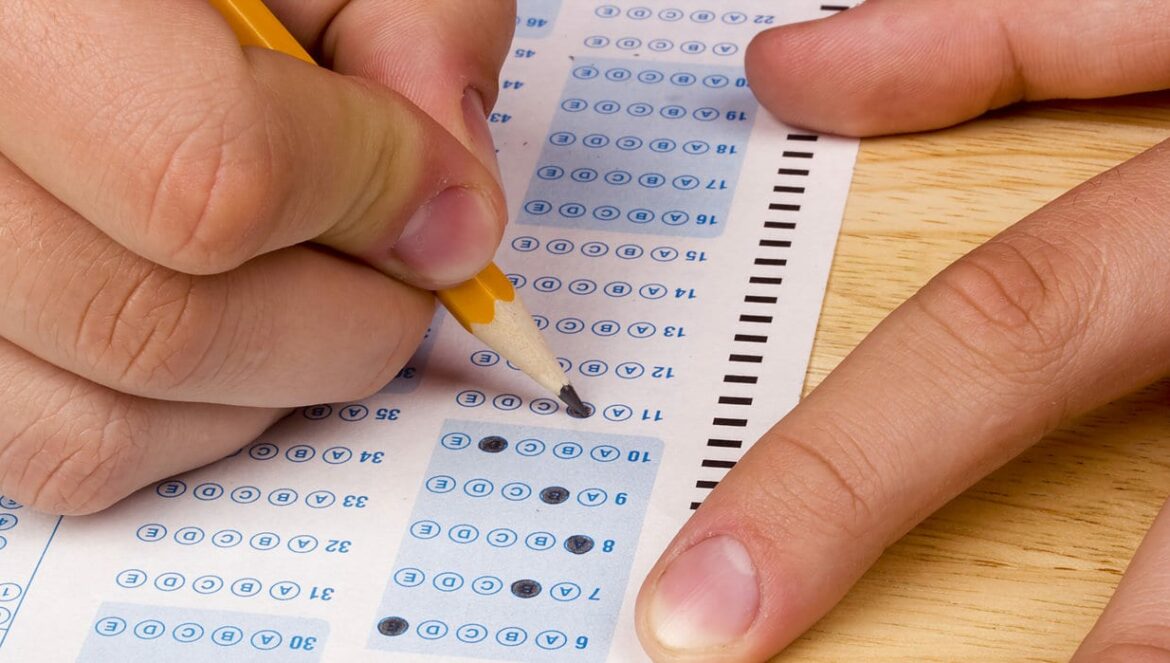Table of Contents
They’re losing favor in higher education circles
edCircuit Breakdown
What does “fair” mean when it comes to standardized testing? That is a question that Mark Moulton, who works at a company that writes the tests, asks. He says there is a specific method for writing tests that are properly targeted at the population you want to test, and they measure the specific knowledge, or standard, you want to measure. A lot of it has to do with psychometrics. “Psychometric analysis computes the difficulty level of every question,” he says. Differential item functioning looks to see if a given test question has a different difficulty for one group of people over another group.”
But the fairness of the tests is being questioned more and more these days. Some say there is just inherent bias built into the tests. “Not everyone learns the same material in high school, and often the test measures differences in educational background and family resources instead of the prospect for success in college. Some areas offer much better education than others, putting higher income students at an immediate advantage.”
The rising distrust of the fairness of standardized test scores is driving a trend in higher education to drop those test scores as requirements for admission. Some grants that used to be tied to test scores, like grants from the National Institutes of Health and the National Science Foundation, are dropping their testing requirements, opening the door for higher ed institutions to follow suit.
edCircuit Analysis
Are standardized tests losing favor with educators and policymakers? The answer seems to be a resounding “yes.” With higher education dropping test scores as a requirement for admission, it removes one of the main reasons for students to want to take an assessment.
 Of course, there are other reasons why students take assessments, the main one being that they are mandated by state and federal bodies that tie funding to test scores. This forces the districts and schools to require students take the mandated exams so they can submit the scores to the state. This is a system that some call traditional, but others call outdated.
Of course, there are other reasons why students take assessments, the main one being that they are mandated by state and federal bodies that tie funding to test scores. This forces the districts and schools to require students take the mandated exams so they can submit the scores to the state. This is a system that some call traditional, but others call outdated.
There is change afoot, for example, in Texas with the Texas Performance Assessment Consortium (TPAC), a group of districts that are looking to redefine assessment and accountability. As Theresa Morris, a mathematics performance assessment developer at the Stanford Center for Assessment, Learning, and Equity (SCALE) in Palo Alto, California, points out, “The A through F grading model that’s commonly used across the country doesn’t give a complete picture. It’s often slanted or skewed, if you will, towards school districts with high affluence.
“If you already have students coming into your districts who are high performing, obviously, you’re going to meet the state’s standards. But it doesn’t show the full picture of growth achievement along the way and moving students beyond where they are.”
As we move farther away from a factory worker culture and into an information age, it’s time to take an in-depth look at our education system’s reliance on standardized assessment scores and letter grades as the measure of success or failure of teachers and students.
Author
 Jim Reams is a marketing, communications and strategy consultant with over 25 years experience in both in-house and agency settings. He has specialized in EdTech and the education industry since 2009. He has a BA degree from the University of North Texas.
Jim Reams is a marketing, communications and strategy consultant with over 25 years experience in both in-house and agency settings. He has specialized in EdTech and the education industry since 2009. He has a BA degree from the University of North Texas.


